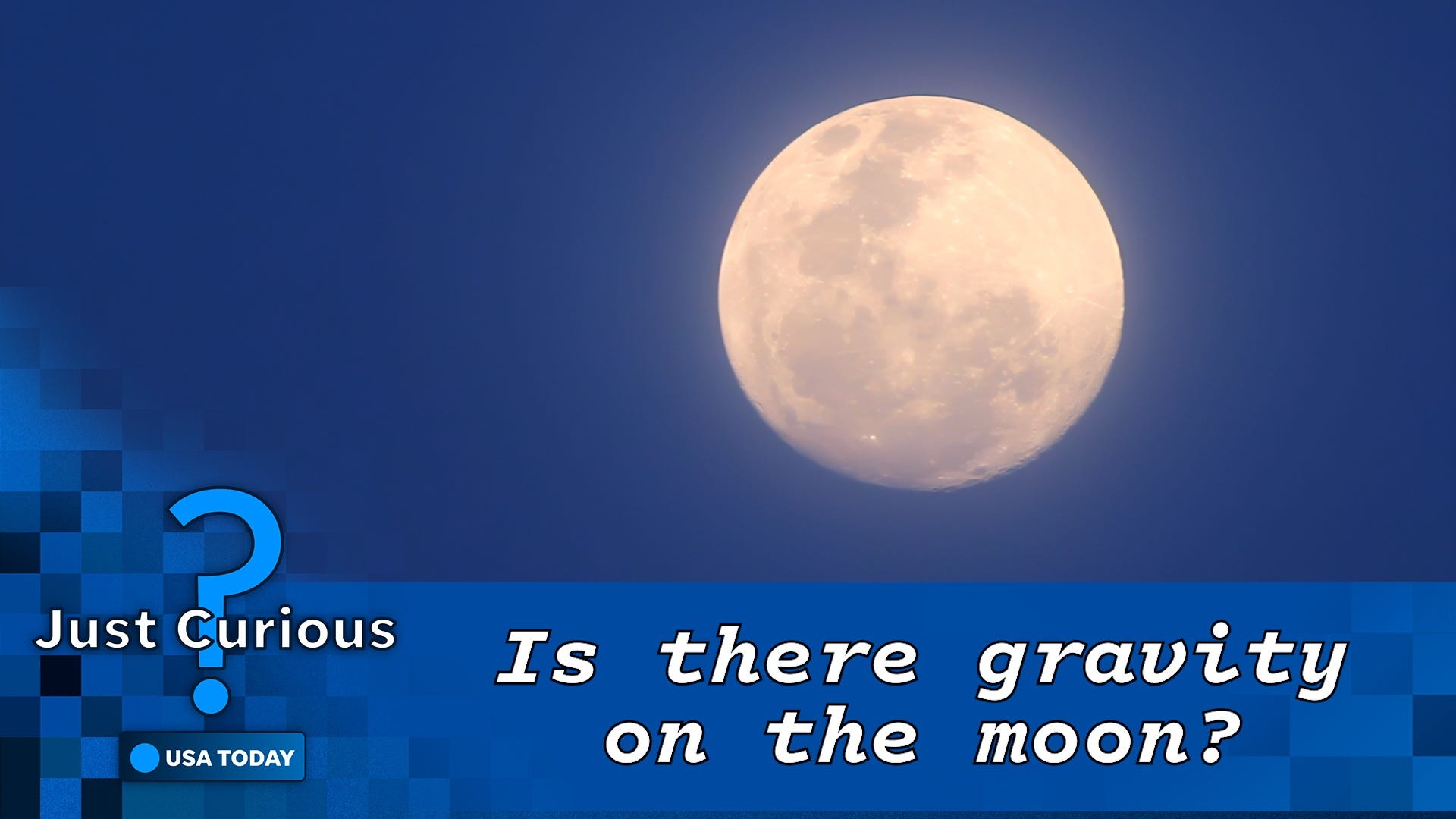Have you ever watched videos of astronauts bounding across the lunar surface? Their seemingly effortless leaps and bounds are a direct result of the moon’s gravity. While it’s clear that objects on the moon don’t float away into space, the question naturally arises: how does the gravitational force on the moon truly compare to what we experience on Earth? Let’s delve into the fascinating world of lunar gravity and understand its relationship to Earth’s familiar pull.
Does the Moon Have Gravitational Force?
Yes, definitively, the moon possesses gravitational force. Gravity, as defined by NASA, is the fundamental force that attracts objects with mass towards each other. The moon, despite being significantly smaller than Earth, still has substantial mass, and therefore, it exerts a gravitational pull. However, the key difference lies in the strength of this pull.
NASA data reveals that the moon’s surface gravity is approximately 1.62 meters per second squared. In stark contrast, Earth’s surface gravity registers at around 9.8 meters per second squared. This numerical comparison immediately highlights a critical point: the moon’s gravitational force is considerably weaker than Earth’s. To put it into perspective, lunar gravity is about one-sixth of Earth’s gravity.
This difference in gravitational force is the reason behind the iconic bouncy movements of astronauts on the moon. Weight, which we often perceive as a fixed measure, is actually the force exerted on a mass due to gravity. In simpler terms, weight is directly influenced by the gravitational pull. Since the moon’s gravitational pull is weaker, an object, or an astronaut, weighs significantly less on the moon compared to Earth, leading to those characteristic high jumps and floating strides.
 Astronauts jumping on the moon demonstrate the effect of lower gravity, showcasing how the moon's gravitational force compares to Earth's.
Astronauts jumping on the moon demonstrate the effect of lower gravity, showcasing how the moon's gravitational force compares to Earth's.
Factors Contributing to Weaker Lunar Gravity
The primary reason for the moon’s weaker gravitational force compared to Earth is its mass. Gravitational force is directly proportional to mass; the more massive an object, the stronger its gravitational pull. The moon’s mass is significantly less than Earth’s – roughly 1/81st of Earth’s mass. This substantial difference in mass directly translates to a weaker gravitational field.
Furthermore, the moon’s size also plays a role. While mass is the dominant factor, the distribution of mass and the radius of a celestial body influence surface gravity. The moon is smaller than Earth, which contributes to its lower surface gravity, although the mass difference is the more significant factor.
Lunar Gravity Anomalies: An Interesting Aside
Interestingly, the moon’s gravitational field isn’t perfectly uniform. NASA’s GRAIL mission detected “Bouguer gravity anomalies,” which are variations in the moon’s gravitational field. These anomalies are attributed to uneven distributions of mass beneath the lunar surface, potentially caused by variations in the thickness or density of the moon’s crust and mantle. This means that gravity is slightly stronger in some areas of the moon and weaker in others, adding another layer of complexity to the lunar gravitational landscape.
Conclusion: Lunar Gravity in Perspective
In conclusion, the moon absolutely has gravitational force, but it is significantly weaker than Earth’s. This weaker gravitational pull, approximately one-sixth of Earth’s gravity, is primarily due to the moon’s smaller mass. This difference is responsible for the lighter weight and distinctive movements observed by astronauts on the lunar surface. Understanding the gravitational force on the moon compared to Earth is crucial for space exploration and provides a fascinating insight into the fundamental forces that govern our universe.